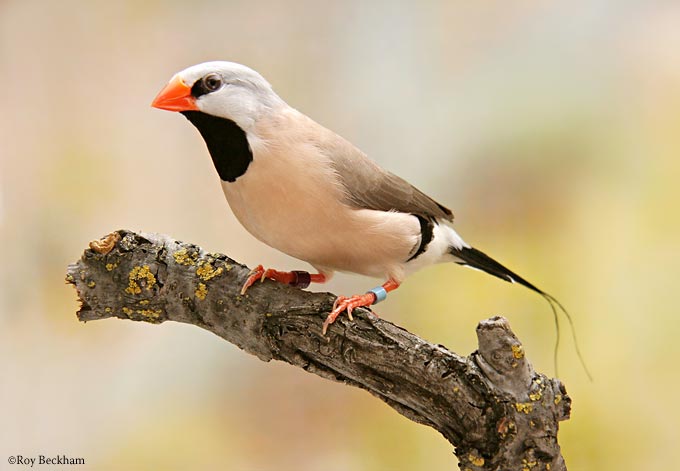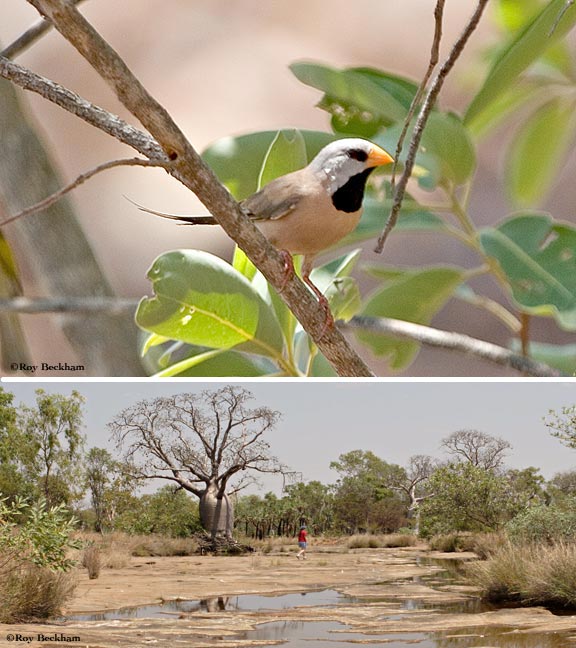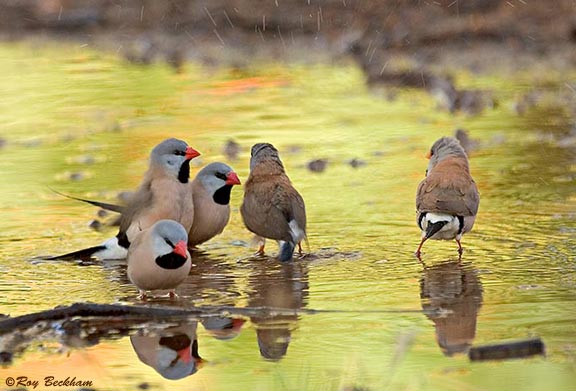




 |
|
|||||||||||||||||||||
 |
|
|
|
|
|
|
|
|
|
|||||||||||||
|
|
|
|
|
|
||||||||||||||||||
|
|
|
|
|
|
|
|
|
|
||||||||||||||
|
|
|
|
|
|
||||||||||||||||||
|
|
|
|
|
|
|
|
|
|
||||||||||||||
|
|
|
|
|
|
||||||||||||||||||
|
|
|
|
|
|
|
 |
|
|||||||||||||||
 |
 |
|
||||||||||||||||||||
|
|
|
|
||||||||||||||||||||
|
|
|
|
|
|
|
|
|
|
|
|
|
|
|
|
|
|
|
|
|
|
|
|
| Shaft-tail Finch - Poephila acuticauda | ||||
 |
||||
| Heck's Shaft-tail (Poephila acuticauda hecki) Red-billed subspecies. | ||||
|
Common Names Description Diet Breeder's Notes Shaft-tails like to get down and hide in their nests. While they will take a basket or other similar nest, I prefer to use a standard sized finch box with a hole at the top. This lets them build their nests deeper in the bottom and hide below the entrance hole. (click to see nestbox) They will build a rough nest, but I can't say that they were master builders. I provided coco fibers, long grasses, rice hay and various soft materials, but there did not seem to be a preference for any particular material. The average clutch is 4-7 eggs and incubation lasts approximately 13 days. Both sexes share in the incubation duties and the feeding of the young. No additional food items were offered other than to increase the amount of egg food, which they eagerly ate and quickly provided the young. The young will fledge at approximately 21 days and will require an additional 21 days to be independent. I have read that the young, while able to eat on their own, remain somewhat reliant on their parents and that too early of a separation might result in some losses. I can't say if this is true or not, but I left the young in with the parents for quite a while before moving them to a different cage. Shaft-tails are reported to have strong pair bonds. I can say that if a bonded pair is separated and are within calling distance, they will quite loudly call to each other and ignore any other mates that you provide. They are quite easily fostered under Society finches as their begging pattern is typical of estrildid finches.
Additional Notes The Shaft-tail finch is very similar to another Australian Grassfinch, the Parson or Black Throated finch (Poephila cincta). The most notable difference is the Parson has a shorter tail and black beak. The two should not be housed together. In spite of the beak color, which is often a sexual trigger and species indicator, the two species will hybridize. It has been reported that the hybrids are fertile. The same has been reported for the Masked Grassfinch (Poephila personata) so Shafttails should not be housed with them either. There are a number of color mutations for the Shaft-tail, including fawns, a dilute fawn called the Isabele (Fawns are sex-linked and Isabels are autosomal recessive), a cream and all white individuals as well. There is reportedly a gray mutation and a pink billed mutation in Europe. Australian mutations are also being developed, but cannot be exported. |


Wild Heck's Shaft-tails taking a morning bath at Cape Crawford, NT Australia
